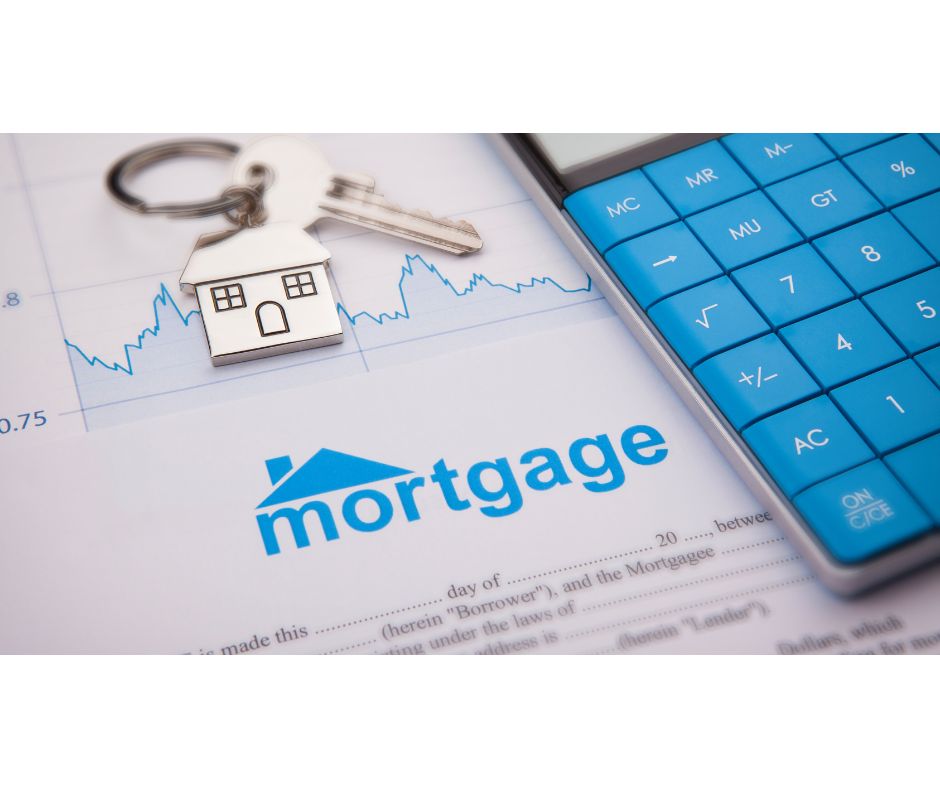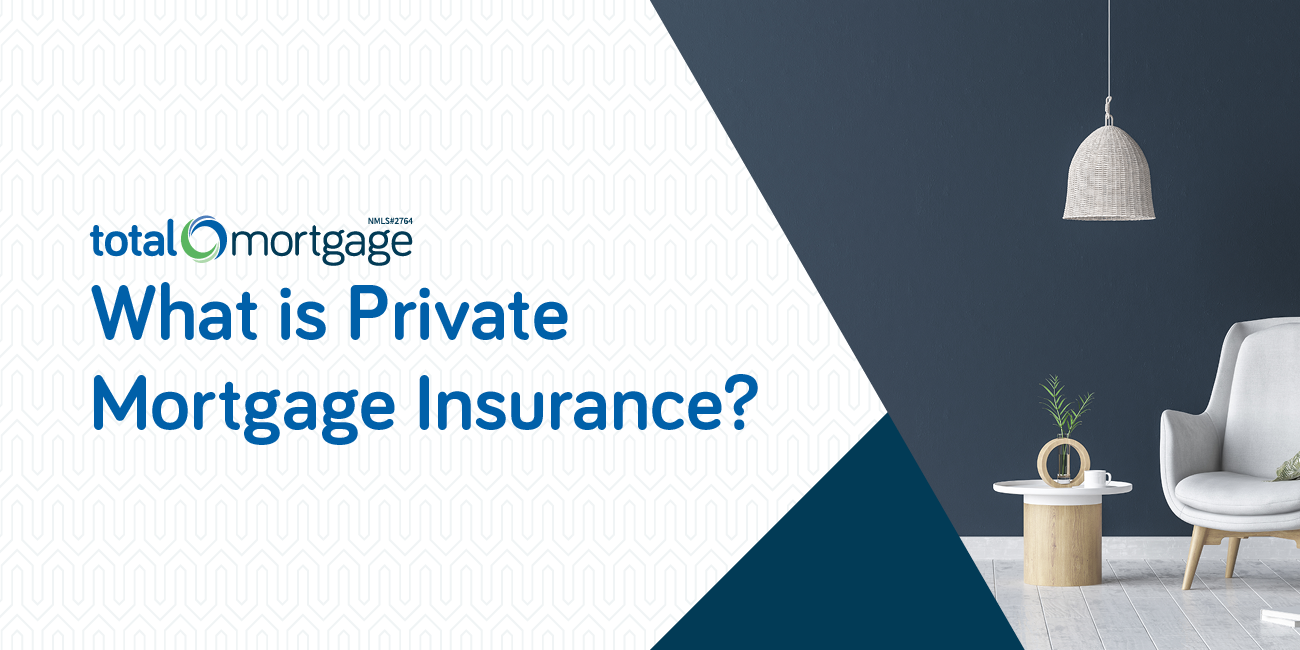
The margin is the difference between your interest rate and the index rate. 5/1 ARM mortgage rates are determined by the margin. While the index rate is subject to change over time, it is generally set at the beginning and remains constant throughout the loan term. The interest rate you pay over the loan's term will be lower if the margin is less.
Fixed 15-year ARM vs. 5/1 ARM
It is important to know the difference between ARM rates (ARM) and fixed rates (15-year), if you are looking for a home mortgage. While there are some similarities between these types of mortgages they are still worth looking at. A 15-year fixed-rate mortgage with a fixed interest rate will have a fixed monthly cost for the duration of its term. An ARM, on the other hand, will adjust its interest rates based upon the mortgage document. This means that the monthly payment will be adjusted whenever the index value changes. Fixed-rate mortgages have a longer life span than ARMs. This can make them more expensive over time.
Mortgage rates for five-year adjustable-rate mortgages are higher than 15-year fixed-rate mortgages. This is due in part because the five-year ARM’s interest rate fell since the mid-2000s. In 2006, the average 5/1 ARM rate was 6.08%. In 2010, that rate fell to 3.82%. The 15-year fixed mortgage rate is now 5.90%. There is a 0.1 point down payment. The 5/1 ARM, on the other hand, is at 5.36% with only a 0.3 percent down payment.

Interest rate caps on 5/1ARMs
The interest rate caps on 5/1 ARMs limit how much the interest rate can increase over the term of the loan. The caps are reflected in the index, the first year's interest rate and the margin. The caps may be increased once a year, or every two years in some cases. In some cases they will increase every five year.
In some cases, the cap could not be applied on the initial rate of interest. The introductory rate is less than the rate that would be applied if the loan was a fixed-rate. In many cases, the initial rate is one percentage point lower than that which would be applicable at the end of the fixed five-year period. The fixed-rate period expires and the interest rate will be adjusted to reflect the new rate. To prevent this from happening, most ARMs come with an interest rate cap. It is either a permanent or periodic cap that limits the amount of interest rate increases over the life-of the loan.
The key to keeping monthly payments affordable is the interest rate cap on 5/1ARMs. The monthly payment will increase if the interest rate is higher. It is therefore important to ensure that your interest rate caps are in place.
Cost of a 5/1 loan
Consider all the potential ramifications of a 5/1ARM loan. This type of loan is subject to an interest rate adjustment based upon the market index. These mortgages also include caps that limit the amount of interest rate increases. The initial cap limits how much interest rate can rise in the first year. The periodic cap limits how much interest rate increases as the loan adjusts.

The initial interest rate on a 5/1 ARM loan is typically very low, making it an attractive choice for short-term home ownership. The rate can be fixed for five year, but then it adjusts to reflect the current interest rates plus a margin. This type of mortgage is being phased out by financial institutions. The process started in the last year, and will continue until lenders stop offering this type of loan. Changes in financial indexes are one reason for the phaseout.
FAQ
How much money can I get to buy my house?
It depends on many factors such as the condition of the home and how long it has been on the marketplace. Zillow.com shows that the average home sells for $203,000 in the US. This
What should you look out for when investing in real-estate?
You must first ensure you have enough funds to invest in property. If you don't have any money saved up for this purpose, you need to borrow from a bank or other financial institution. You also need to ensure you are not going into debt because you cannot afford to pay back what you owe if you default on the loan.
Also, you need to be aware of how much you can invest in an investment property each month. This amount must be sufficient to cover all expenses, including mortgage payments and insurance.
Also, make sure that you have a safe area to invest in property. It would be best if you lived elsewhere while looking at properties.
How can I tell if my house has value?
If your asking price is too low, it may be because you aren't pricing your home correctly. If your asking price is significantly below the market value, there might not be enough interest. Get our free Home Value Report and learn more about the market.
What is a reverse loan?
Reverse mortgages allow you to borrow money without having to place any equity in your property. It works by allowing you to draw down funds from your home equity while still living there. There are two types available: FHA (government-insured) and conventional. Conventional reverse mortgages require you to repay the loan amount plus an origination charge. FHA insurance will cover the repayment.
What's the time frame to get a loan approved?
It depends on several factors such as credit score, income level, type of loan, etc. It takes approximately 30 days to get a mortgage approved.
Can I purchase a house with no down payment?
Yes! Yes. There are programs that will allow those with small cash reserves to purchase a home. These programs include FHA, VA loans or USDA loans as well conventional mortgages. For more information, visit our website.
Statistics
- The FHA sets its desirable debt-to-income ratio at 43%. (fortunebuilders.com)
- Over the past year, mortgage rates have hovered between 3.9 and 4.5 percent—a less significant increase. (fortunebuilders.com)
- 10 years ago, homeownership was nearly 70%. (fortunebuilders.com)
- Some experts hypothesize that rates will hit five percent by the second half of 2018, but there has been no official confirmation one way or the other. (fortunebuilders.com)
- When it came to buying a home in 2015, experts predicted that mortgage rates would surpass five percent, yet interest rates remained below four percent. (fortunebuilders.com)
External Links
How To
How to Buy a Mobile Home
Mobile homes are houses constructed on wheels and towed behind a vehicle. They were first used by soldiers after they lost their homes during World War II. People who live far from the city can also use mobile homes. There are many options for these houses. Some houses are small while others can hold multiple families. There are even some tiny ones designed just for pets!
There are two main types mobile homes. The first is built in factories by workers who assemble them piece-by-piece. This takes place before the customer is delivered. A second option is to build your own mobile house. You'll need to decide what size you want and whether it should include electricity, plumbing, or a kitchen stove. Next, make sure you have all the necessary materials to build your home. To build your new home, you will need permits.
These are the three main things you need to consider when buying a mobile-home. Because you won't always be able to access a garage, you might consider choosing a model with more space. A larger living space is a good option if you plan to move in to your home immediately. Third, make sure to inspect the trailer. Problems later could arise if any part of your frame is damaged.
Before buying a mobile home, you should know how much you can spend. It is crucial to compare prices between various models and manufacturers. It is important to inspect the condition of trailers. There are many financing options available from dealerships, but interest rates can vary depending on who you ask.
A mobile home can be rented instead of purchased. Renting allows you the opportunity to test drive a model before making a purchase. Renting isn't cheap. Renters usually pay about $300 per month.